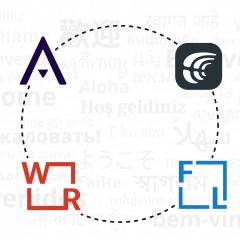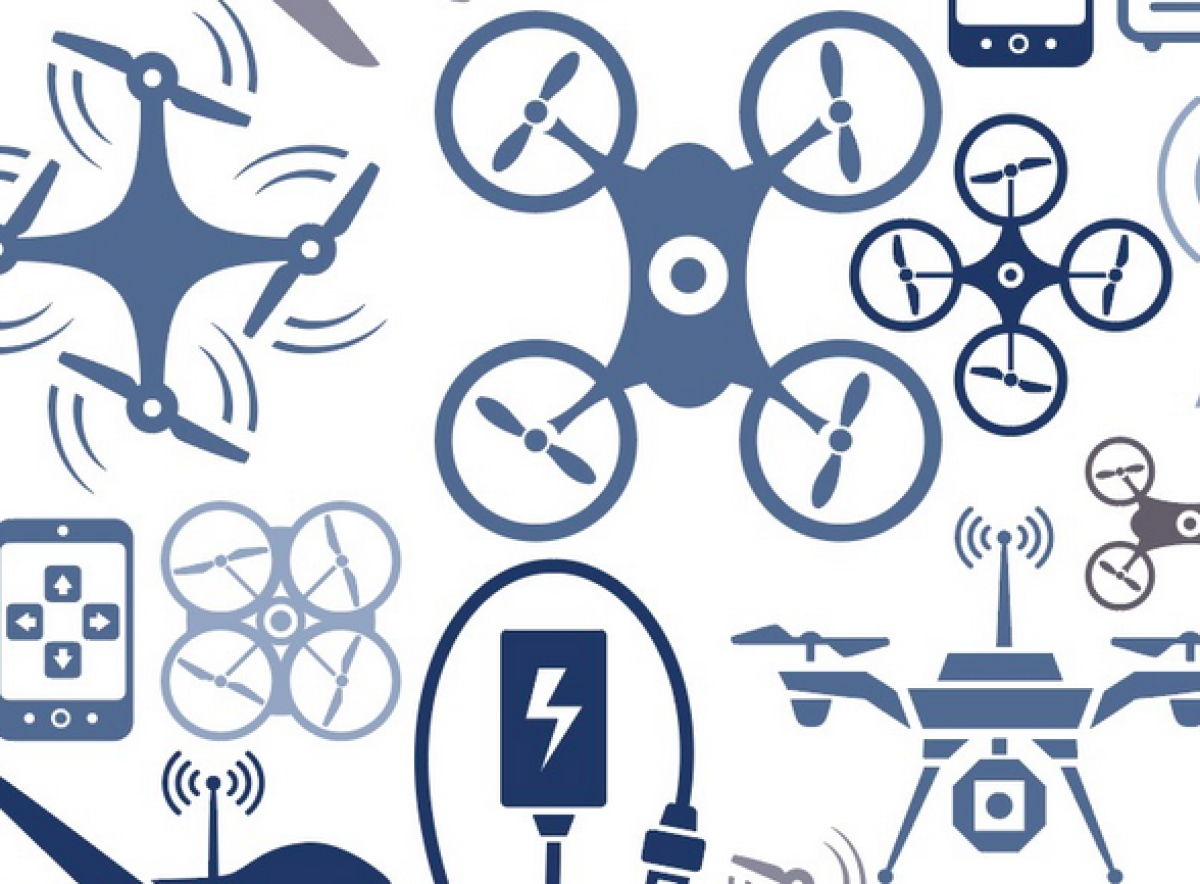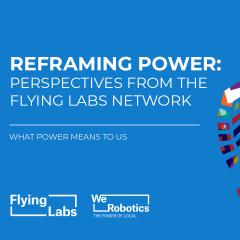
Aerial Imagery, Disasters and Data Privacy: Any Applied Research?
May 10th, 2018

 We've long discussed what spatial resolutions are most optimal to assess disaster damage from aerial imagery. And while this question still needs more research, equally pressing research is needed to better understand the privacy implications of high-resolution aerial imagery of disaster areas. This issue has been on our minds for years, first through the work Humanitarian UAV Network (UAViators) and in particular the Humanitarian UAV Code of Conduct (UAVcode) and now through the work of our Flying Labs. There has certainly been extensive debate and legal discussions on the privacy implications of aerial imagery. What about empirical, data-driven research related to imagery of disaster areas?
We've long discussed what spatial resolutions are most optimal to assess disaster damage from aerial imagery. And while this question still needs more research, equally pressing research is needed to better understand the privacy implications of high-resolution aerial imagery of disaster areas. This issue has been on our minds for years, first through the work Humanitarian UAV Network (UAViators) and in particular the Humanitarian UAV Code of Conduct (UAVcode) and now through the work of our Flying Labs. There has certainly been extensive debate and legal discussions on the privacy implications of aerial imagery. What about empirical, data-driven research related to imagery of disaster areas?
When we started discussing optimal spatial resolutions for disaster damage assessments years ago, we advocated for an empirical research. As such, we suggested that researchers analyze the same aerial imagery at different resolutions to better understand whether 5-centimeter resolution was more insightful than 15-centimeter resolution, for example. It is worth noting that our partners at UNICEF Malawi have decided on 7-centimeters as their standard. Naturally, the question around damage assessments needs to be unpacked further in order to reach more meaningful conclusions. For example, what kind of damage is specifically of interest to humanitarian disasters and to what end?
We believe the same data-driven approach needs to be taken vis-à-vis the privacy implications of aerial imagery of disaster areas. Namely, what types of personal information can be identified at what resolutions and under what conditions, particularly when overlaying said imagery with other geospatial datasets? And how do the results to this question change when we switch from nadir to oblique imagery of disaster areas, or from aerial to satellite imagery? Has any applied research on these questions been done already? If so, we'd be very keen to read said research (please email us at humans@werobotics.org). If not, then what is the best way to catalyze this research?
We recently posed the above questions to our colleague Faine Greenwood at the Harvard Humantiarian Initiative (HHI), and suggested taking a Red Team approach to this problem. Meaning, we put together a team of remote sensing and privacy experts, give them a diverse set of unmarked images at say 3 different spatial resolutions (5cm, 15cm, 25cm) and challenge them to identify any and all personal information from said images using whatever means they have at their disposal. The data-driven results of this challenge could then be used to update the Humanitarian UAV Code of Conduct and thus inform our collective operational deployments.
If this type of research specifically in the context of humanitarian disasters does not yet exist, then which organizations are best placed to carry out this research and how can we best incentivize this applied research?
Recent Articles

